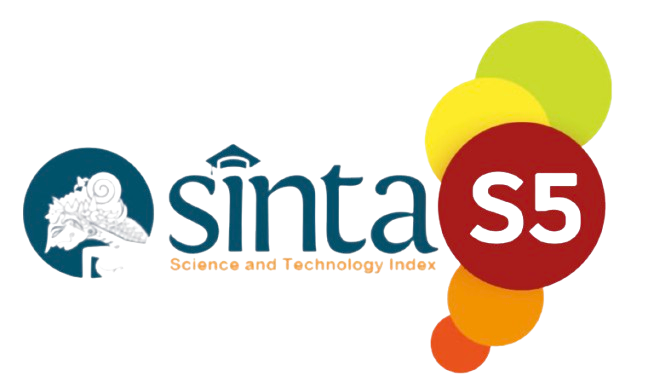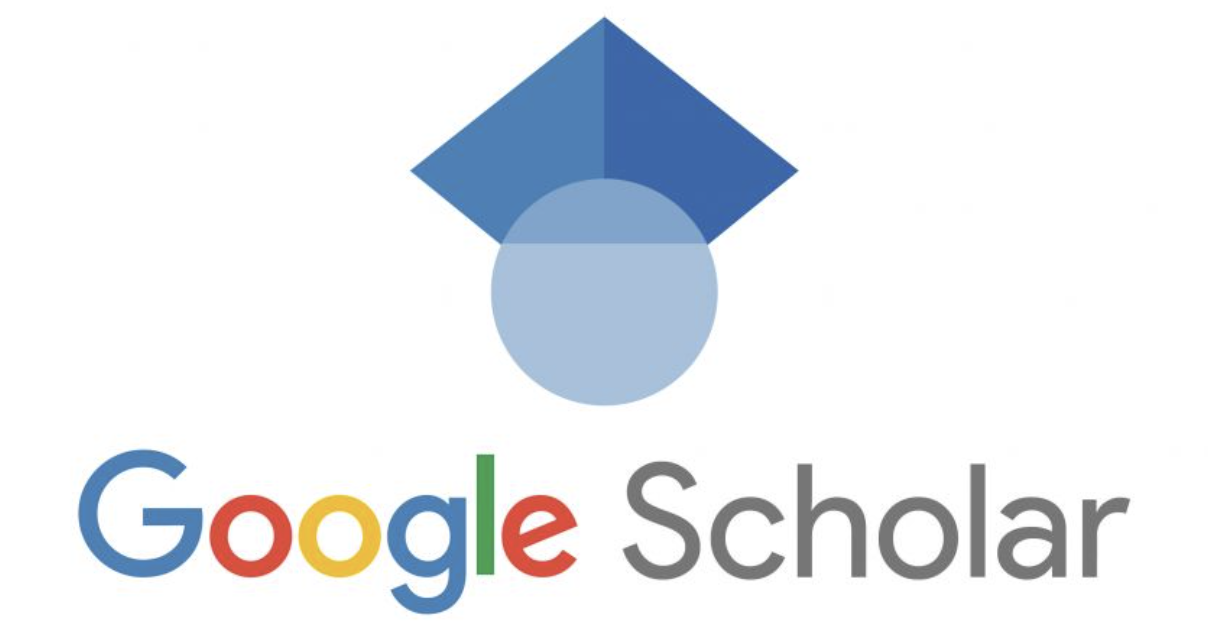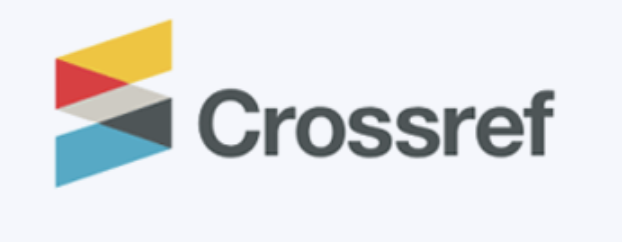Students’ Perception of the Use Serial-Image as an English Learning Media
DOI:
https://doi.org/10.52217/ijlhe.v8i2.1950Keywords:
Serial image, Reading comprehension, Perception, Learning mediaAbstract
This study investigated students’ perceptions of serial-image media in English reading instruction at SMP Al Kautsar Bandar Lampung during the 2024/2025 academic year. Employing a quantitative descriptive method with a non-experimental survey design, data were collected from 96 ninth-grade students selected through purposive sampling. A closed-ended questionnaire consisting of 20 items, validated using Pearson Product Moment and tested for reliability with Cronbach’s Alpha (α = 0.892), was administered to measure four aspects: learning process and skill development, direct experience, challenges, and general perception. Findings revealed that students demonstrated a generally positive perception of serial-image media. The highest mean score was found in the aspect of learning process and skill development (M = 3.77), followed by direct experience (M = 3.71), challenges (M = 3.34), and general perception (M = 3.33). Students reported that serial images facilitated comprehension, enriched vocabulary, and stimulated classroom engagement, though some noted difficulties with unclear visuals. These results support Mayer’s Cognitive Theory of Multimedia Learning, emphasizing the benefits of integrating verbal and visual modalities. The study suggests that serial images are effective supplementary tools for enhancing reading comprehension and encourages their integration with teacher guidance and interactive methods.
References
Andewi, W., Waziana, W., Wibisono, D., Putra, K. A., Hastomo, T., & Oktarin, I. B. (2025). From prompting to proficiency: A mixed-methods analysis of prompting with ChatGPT versus lecturer interaction in an EFL classroom. Journal of Studies in the English Language, 20(2), 210–238. https://so04.tci-thaijo.org/index.php/jsel/article/view/282318
Bowman, M. A., Vongkulluksn, V. W., Jiang, Z., & Xie, K. (2022). Teachers’ exposure to professional development and the quality of their instructional technology use: The mediating role of teachers’ value and ability beliefs. Journal of Research on Technology in Education, 54(2), 188–204. https://doi.org/10.1080/15391523.2020.1830895
Creswell, J. W. (2012). Educational research: Planning, conducting and evaluating quantitative and qualitative research. Pearson Education.
Dewi, N. R., Kannapiran, S., & Wibowo, W. A. (2018). Development of digital storytelling-based science teaching materials to improve students’ metacognitive ability. Jurnal Pendidikan IPA Indonesia, 7(1), 16–24.
Ekarista, F. (2018). Improving students’ writing ability in recount text using picture series. KnE Social Sciences, 3(4), 343. https://doi.org/10.18502/kss.v3i4.1945
Fathi, J., Rahimi, M., & Derakhshan, A. (2024). Improving EFL learners’ speaking skills and willingness to communicate via artificial intelligence-mediated interactions. System, 121, 103254. https://doi.org/10.1016/j.system.2024.103254
Halim, M. L. Al, & Arifin, Moh. (2022). The effect of picture series on teaching English writing. Pioneer: Journal of Language and Literature, 14(2), 409. https://doi.org/10.36841/pioneer.v14i2.1629
Islamiah, N., & Nurhasanah, N. (2019). Speaking skill and picture series on EFL classroom. Journal of English Teaching, Applied Linguistics and Literatures (JETALL), 2(2), 77–83. https://doi.org/10.20527/jetall.v2i2.7311
Istiara, F., & Hastomo, T. (2023). Exploring lecturers and administrative staffs’ strategies to hone EFL students’ digital literacy. JOALL (Journal of Applied Linguistics and Literature), 8(1), 151–172. https://doi.org/10.33369/JOALL.V8I1.25568
Izah, Z. Z., & Cahyaningtyas, A. P. (2025). Analyzing fourth grade students’ narrative writing skills through serial image media. Tadris: Jurnal Keguruan Dan Ilmu Tarbiyah, 10(1), 353–367. https://doi.org/10.24042/tadris.v10i1.26705
Leech, N. L. (2022). Using IBM SPSS Statistics for integration in mixed methods research. In The Routledge handbook for advancing integration in mixed methods research. Routledge.
Mayer, R. E. (2005). Cognitive theory of multimedia learning. In The Cambridge handbook of multimedia learning (1st ed., Vol. 41, pp. 31–48). Cambridge University Press.
Nicolaou, C., Matsiola, M., & Kalliris, G. (2019). Technology-enhanced learning and teaching methodologies through audiovisual media. Education Sciences, 9(3), 196. https://doi.org/10.3390/educsci9030196
Nizzu, D. (2016). Improving students speaking skills through retelling story by using picture series at SMAN 7 Bandar Lampung. Universitas Lampung.
Ramadhanty, A. W., Utomo, D. W., & Mayasari, J. (2021). The impact of picture series on writing ability among Indonesian junior high school EFL learners. Journal of English for Academic and Specific Purposes (JEASP), 4(2), 254–260. https://doi.org/10.18860/jeasp.v4i2.14431
Ribeiro, A., & Eslami, Z. R. (2025). Second language development in face-to-face versus synchronous computer-mediated interactions: Dyadic type and language proficiency. Language Teaching Research, 29(4), 1780–1806. https://doi.org/10.1177/13621688221098379
Rosyada, A., & Sundari, H. (2021). Learning from home environment: Academic writing course for EFL undergraduates through Google Classroom application. Studies in English Language and Education, 8(2), 710–725. https://doi.org/10.24815/siele.v8i2.18374
Trinovita, D., Nurchurifiani, E., Hastomo, T., Andewi, W., & Hasbi, M. (2025). Exploring the influence of generative AI on self-regulated learning: A mixed-methods study in the EFL context. Jurnal Iqra’: Kajian Ilmu Pendidikan, 10(2), 301–316. https://doi.org/10.25217/ji.v10i2.6389
Wang, Y., Cao, Y., Gong, S., Wang, Z., Li, N., & Ai, L. (2022). Interaction and learning engagement in online learning: The mediating roles of online learning self-efficacy and academic emotions. Learning and Individual Differences, 94, 102128. https://doi.org/10.1016/j.lindif.2022.102128














